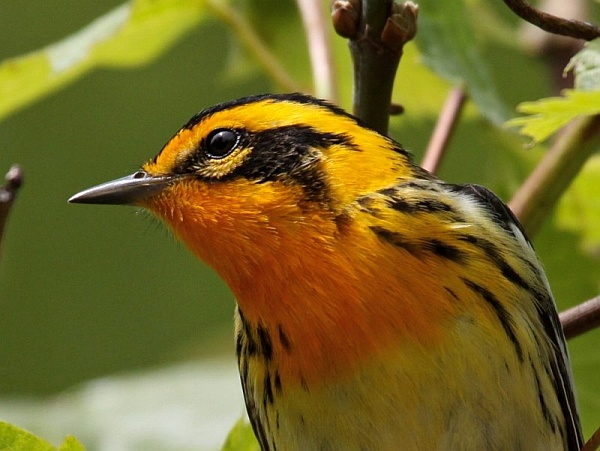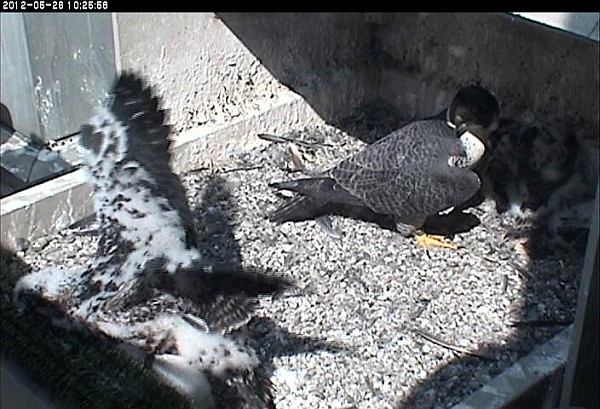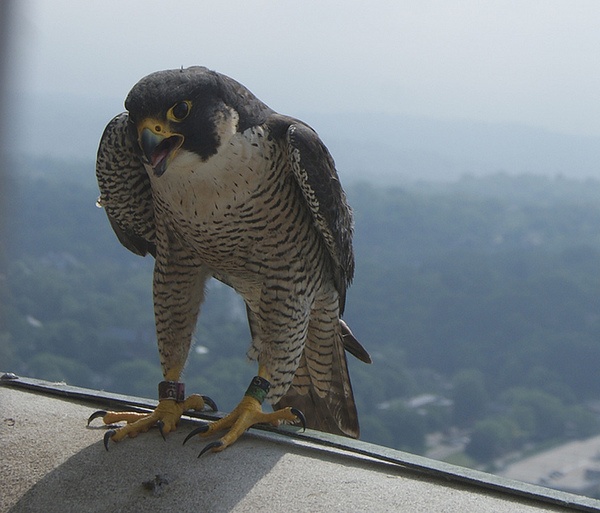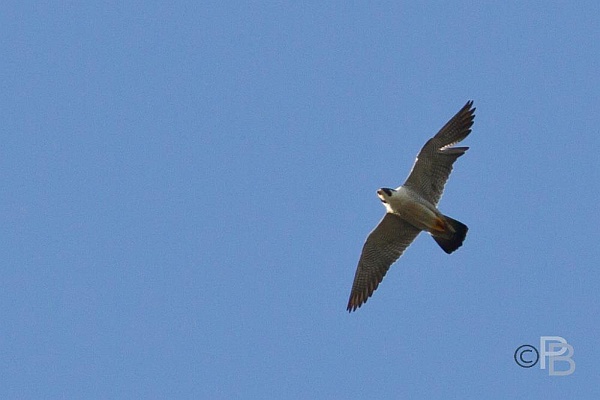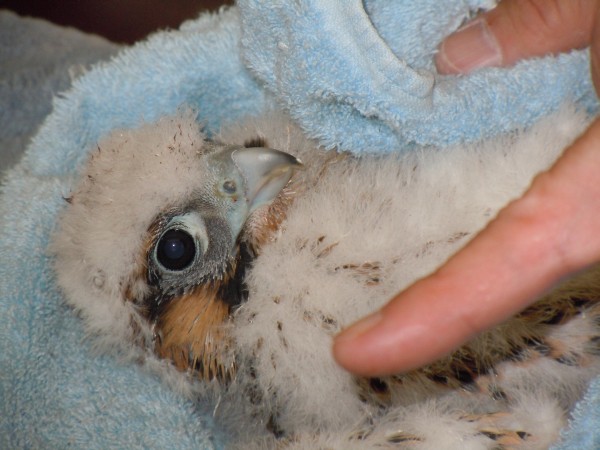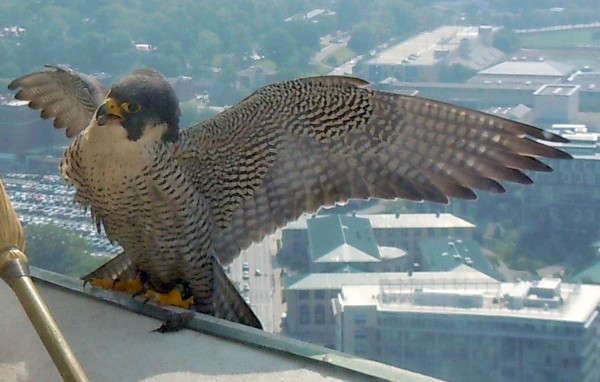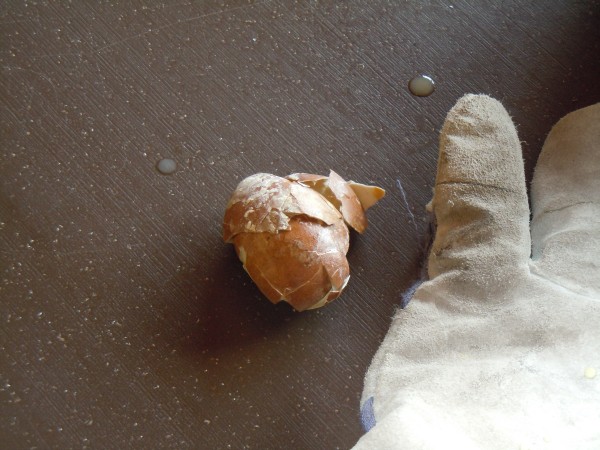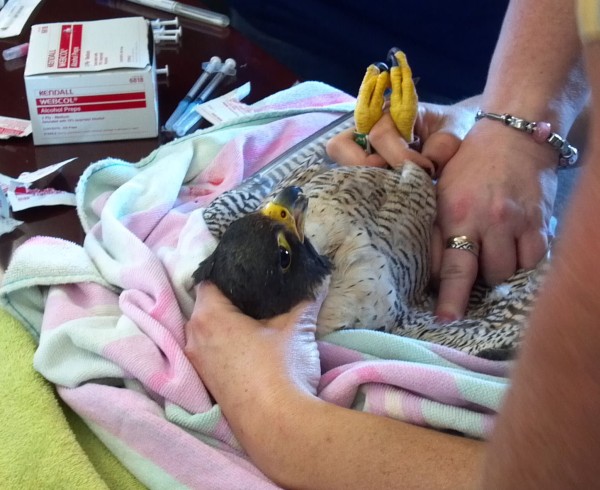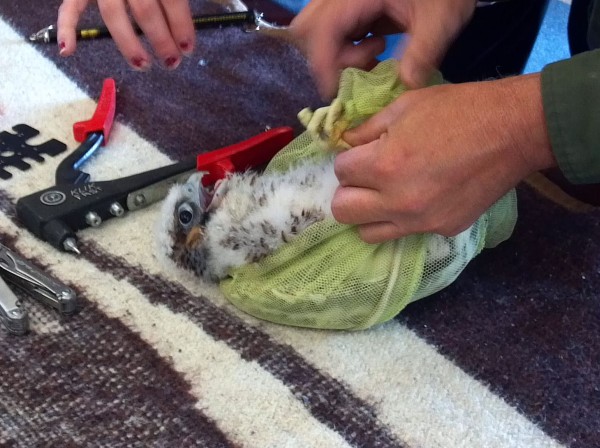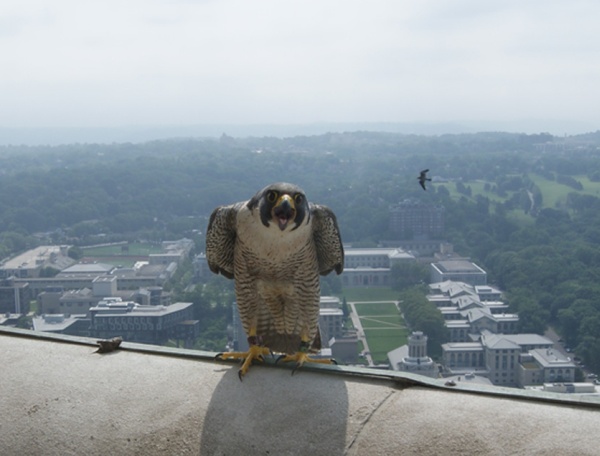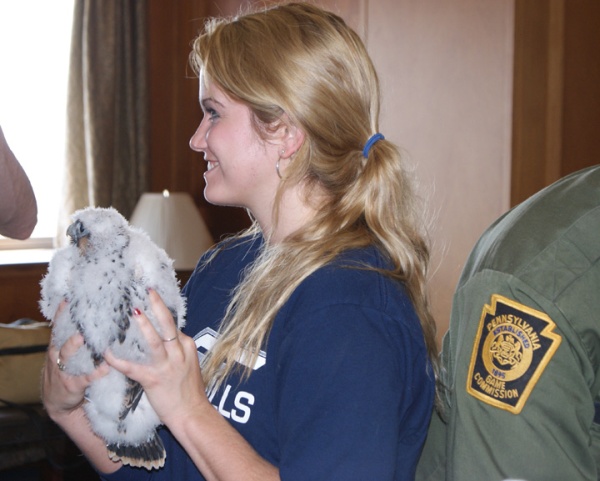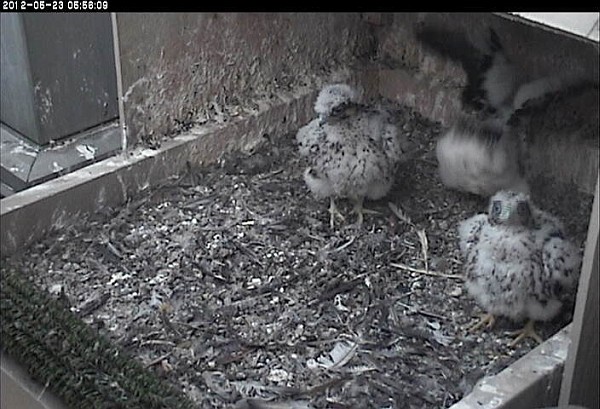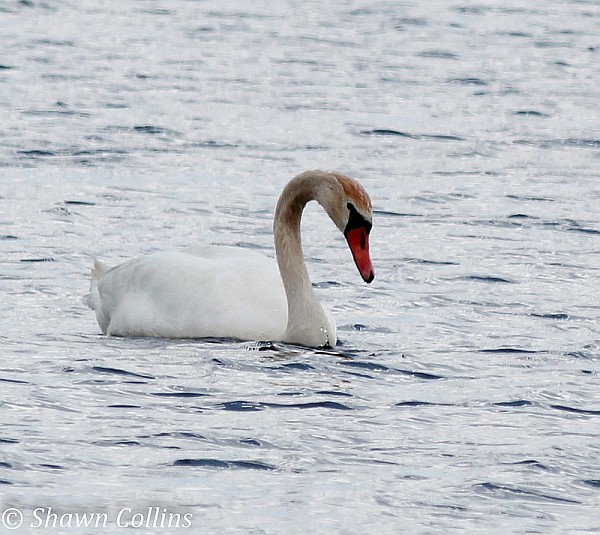
As you can tell by the question, mute swans are controversial.
These big, beautiful, white birds with knobbed orange bills are originally from Eurasia, imported to North America as living decorations for ornamental ponds. Their curved necks and stately demeanor brought their owners a touch of romance and hints of Tchaikovsky’s Swan Lake.
The imported birds were captive but their offspring were not. In the 1900’s mute swans became wildly successful and spread along the East Coast from Maine to South Carolina with smaller flocks in the Great Lakes and Pacific Northwest. That’s when the problems began.
Mute swans are very territorial. When defending their nesting and feeding areas they chase and peck any species that gets in their way, sometimes even humans. Because they’re so large and aggressive they rarely have to fight. Simply raising their wings (like this) can be enough. Mute swans win through intimidation.
The result is that native waterfowl are driven off their breeding grounds and the swans’ large appetites degrade the vegetative habitat. Both problems have contributed to native waterfowl declines.
In 2003 the mute swan’s burgeoning population, increasing 10% per year, led the US Fish and Wildlife Service to propose controlling them in the Atlantic Flyway. Swan lovers, like Save the Mute Swans in Connecticut, responded with local protection laws.
The controversy continues. Native waterfowl decline where mute swans thrive and Audubon chapters ask that the species be controlled.
Like Canada geese and white-tailed deer our society has artificially altered the mute swan’s population. We’ve made too much of a good thing and now we’re coping with the results.
For a good description of mute swans and the controversy surrounding them, see this Tails of Birding blog from 2008.
(photo by Shawn Collins)
